Have you ever seen bouquets or baskets with luscious lavender flowers and green sprigs on top? The pretty twigs and flowers are from Chasteberry, a deciduous flowering shrub that grows in large numbers along the riverbanks. This tree or tall shrub, which comes from China and India and has a mild scent, has been known for a long time. In fact, the Greek botanist Theophrastus wrote about it in the 4th century BC because it was so good for health. This is why it is also called Abraham's Balm. Chasteberry extracts have been used by people for more than 2,000 years.
Table of Contents
About chasteberry:
The scientific name for chasteberry is Vitex Agnus Castus. This is the largest genus in the plant family Verbenaceae. It is also known as Cloister pepper, Hemp tree, and Monk's pepper, which are all interesting names for the same thing. Chasteberry has a soft scent that draws in a lot of butterflies, which are great for pollinating other plants in your garden. In Turkish medicine, chasteberry is used a lot as a digestive, antifungal, and anti-anxiety medicine, as well as to treat anxiety and bipolar disorders. It is a powerful herbal remedy that can treat a wide range of long-term illnesses.
Chasteberry is grown in many tropical and subtropical places around the world, mostly because its leaves are useful. The chasteberry's fruits and seeds can also be eaten, usually as a way to get by. It grows spikes of lavender flowers that give off a light scent that attracts butterflies. Chasteberry trees can get as tall as 30 feet if they are in full sun and have soil that drains well. In the best conditions, they can grow as far north as Nantucket.
Agnuside is an ester of p-hydroxybenzoic acid and aucubin. It is one of the most important active ingredients in chasteberry. Researchers think that Agnuside's effect on the pituitary gland is what makes it most helpful for women's reproductive cycles. One study also found that extracts of chasteberry fruit bind to the opiate receptors in the brain, which would explain why it is used to relieve pain.
Health benefits of chasteberry for women:
Chasteberry has been used for a long time to help women with their health. Some of the parts of chasteberry may have properties like oestrogen that help women with problems caused by oestrogen. Chasteberry might also change how much of the hormones prolactin and progesterone are released.
- Menopausal Symptoms
Symptoms of menopause are caused by a number of things, such as changes in your levels of hormones like oestrogen. It's not clear if chasteberry can help relieve symptoms. Clinical trials haven't shown that chasteberry is helpful, but a 2009 article from Australia in the "Journal of Alternative and Complementary Medicine" says that it might be helpful for women going through menopause. In the January-February 2009 issue of "Menopause," however, an Australian study found that women who took a combination of St. John's Wort and chasteberry had the same number of hot flashes as those who took a placebo.
- Signs of menstruation
Commission E says that crushed, powdered, tincture, tea, or fluid extracts of chasteberry can be used to treat premenstrual symptoms like bloating, headaches, irritability, and depression, as well as breast tenderness, which often happens in the second half of a woman's menstrual cycle, especially in women with fibrocystic breasts. Chasteberry is also an approved treatment in Europe for breast pain that comes and goes. In a Czech study published in the August 1999 issue of "Breast," women with cyclical breast pain who took chasteberry felt much less pain than those who took a sugar pill instead.
- Menstrual problems and not being able to have children
High levels of prolactin can make women unable to have children because it stops them from ovulating. Chasteberry might help regulate the menstrual cycle and ovulation by lowering prolactin levels. Chasteberry might also help with infertility by preventing luteal phase defect, a condition in which the time between ovulation and the start of the next menstrual cycle is shorter than usual. Luteal phase defect could also be caused by a high level of prolactin. If you are trying to get pregnant, do not take chasteberry in any form, including tea, without first talking to your doctor.
- Getting more breast milk
Chasteberry is a galactagogue, which is a medicine that makes more breast milk. No good has been shown to come from this use, though. Since prolactin helps control how much milk is made, a small dose could raise prolactin levels, which could make the body make more milk. Hamm warns that the use of chasteberry to increase milk supply is still debated.

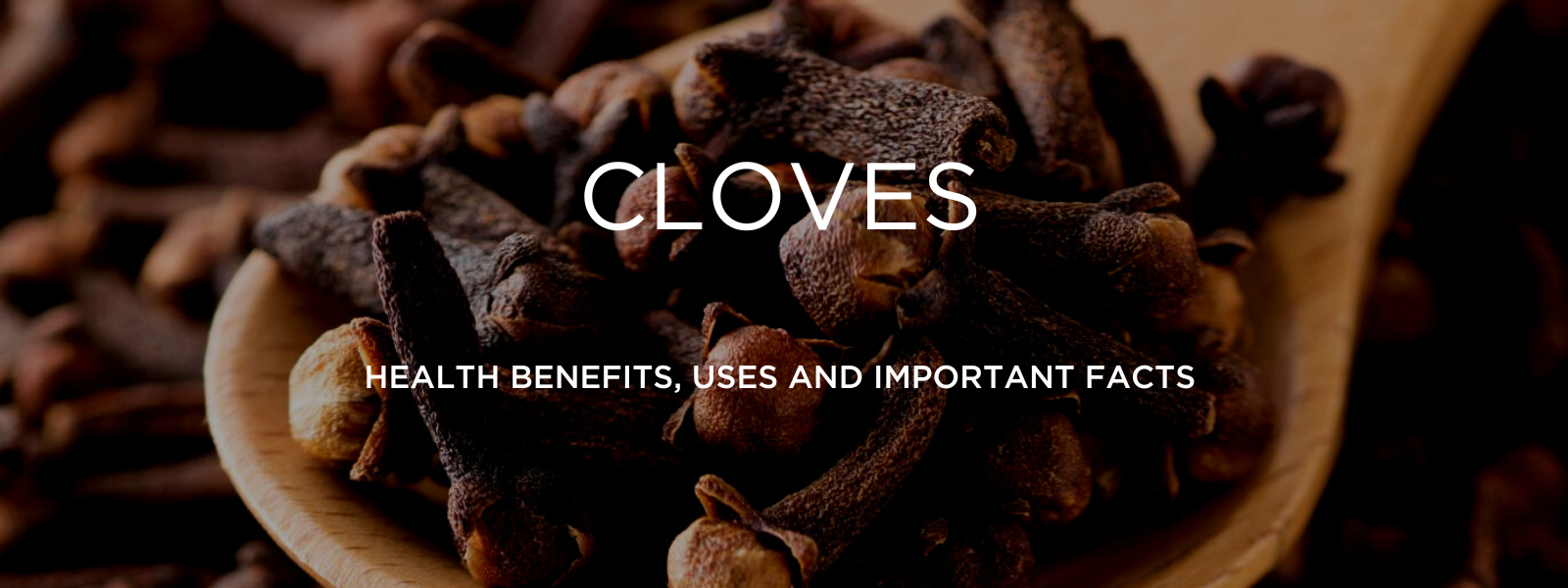
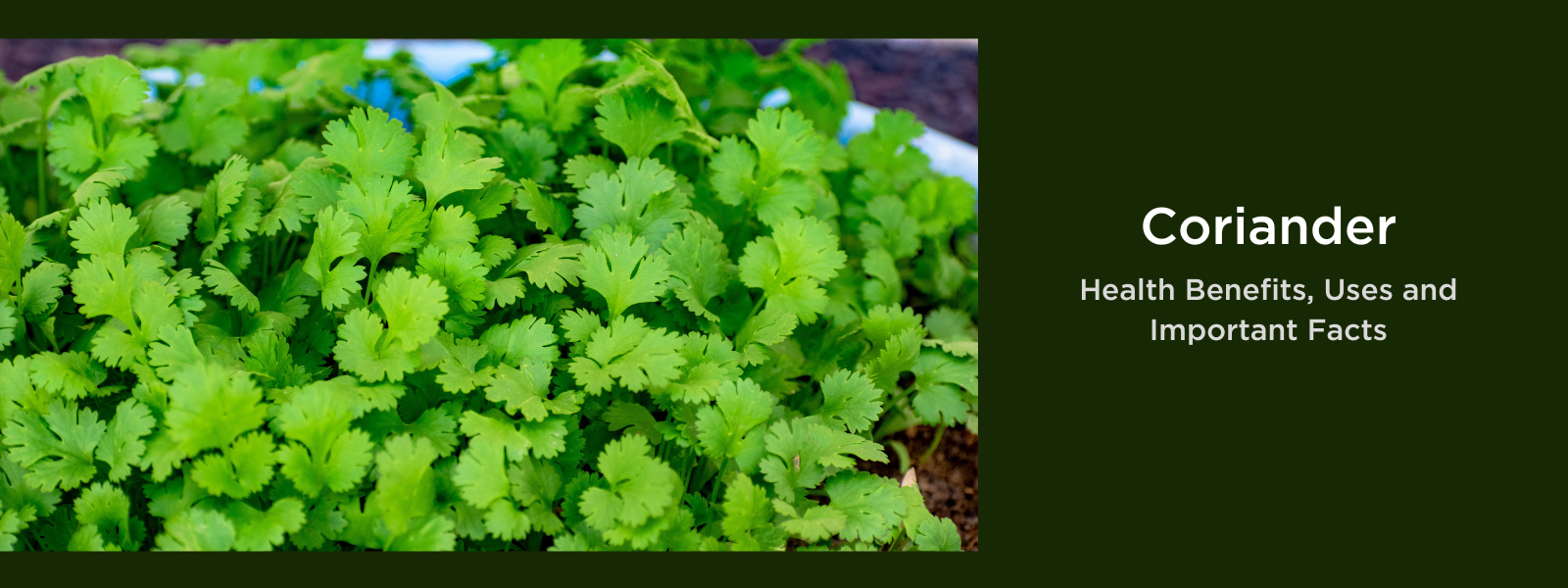
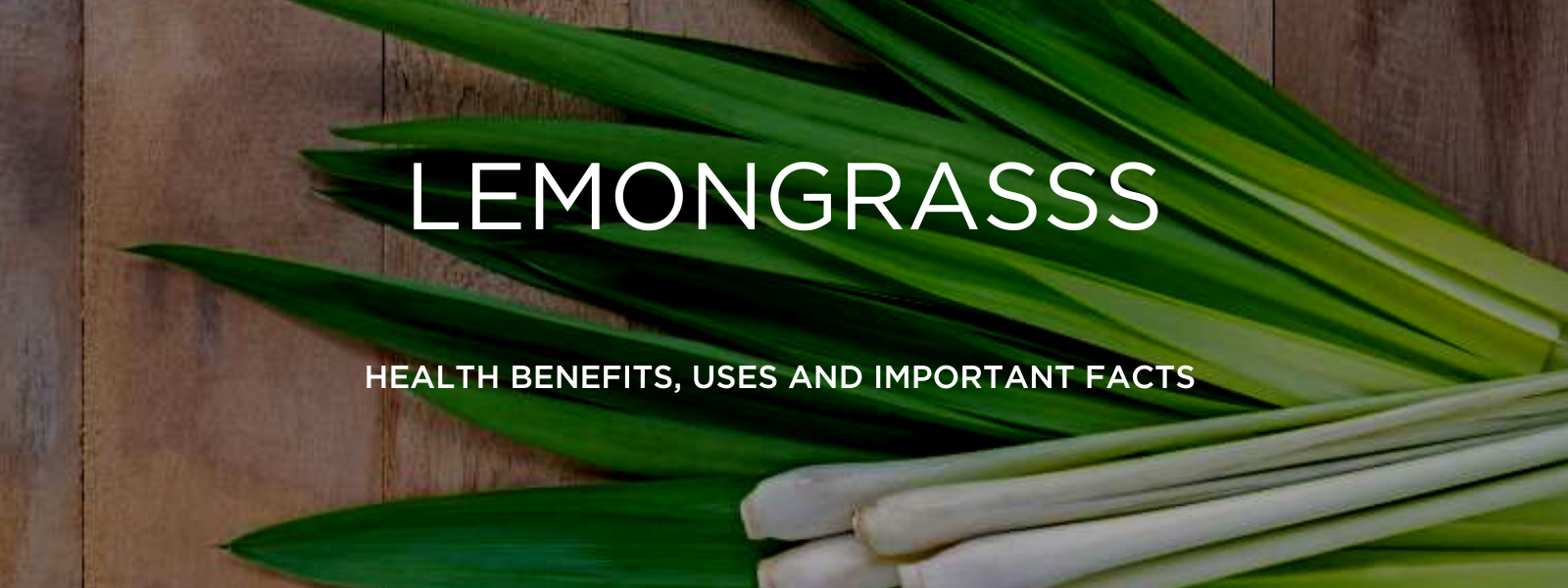
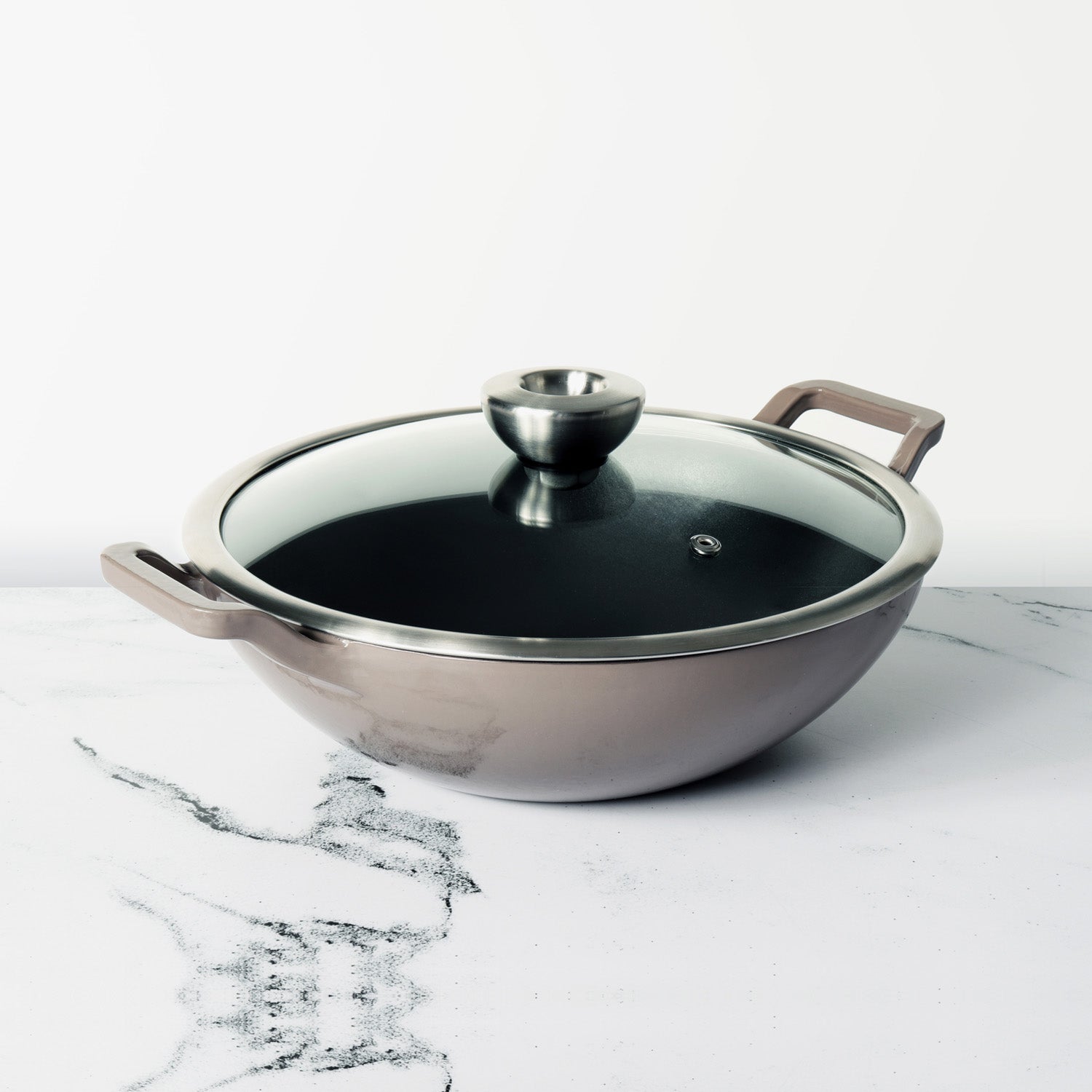
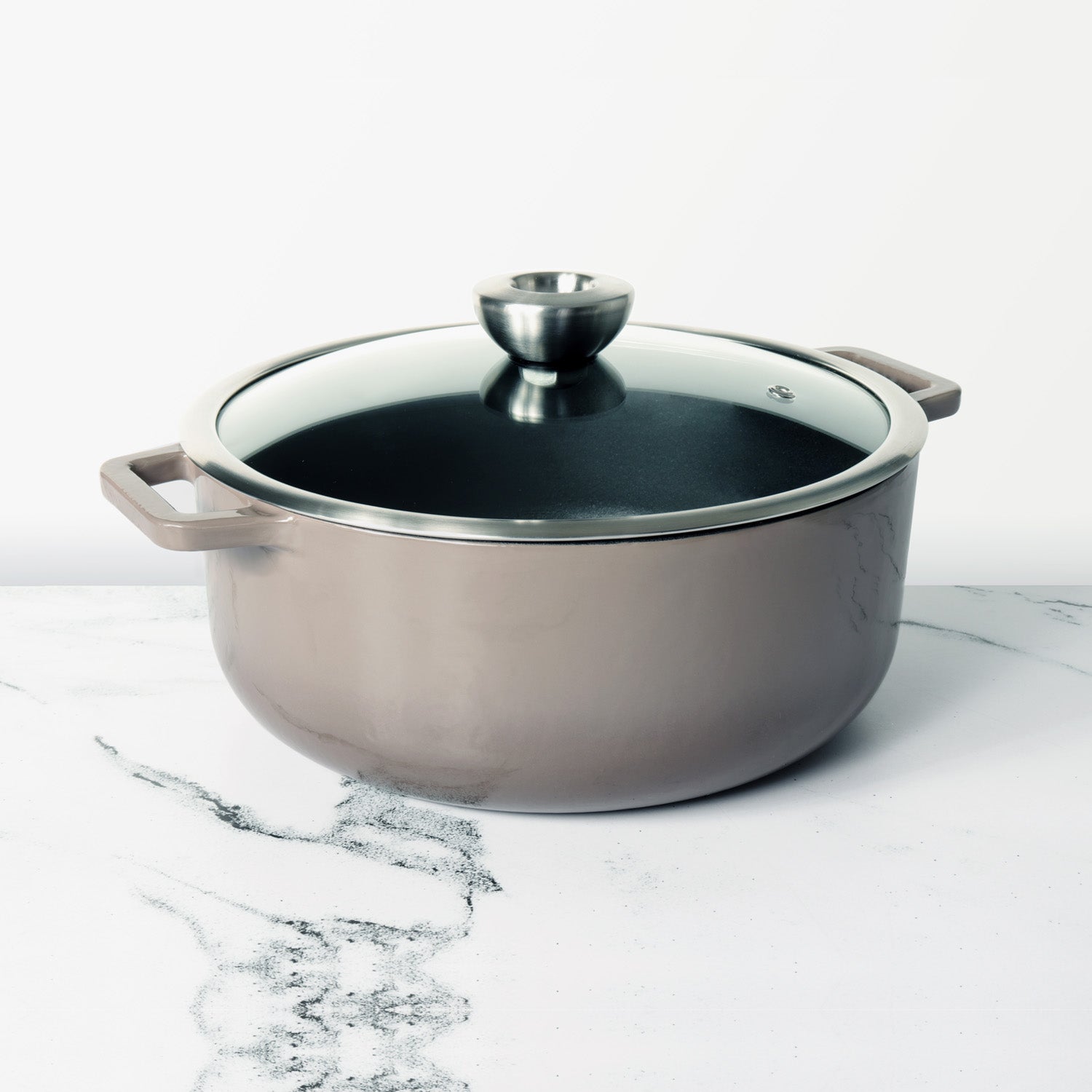




Leave a comment